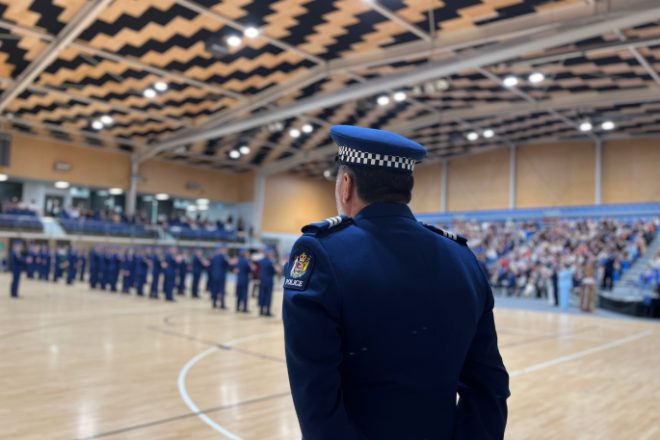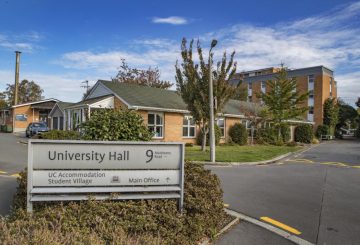Tinanggap ng puwersang Pulisya ng New Zealand ang 60 bagong opisyal ngayon. Ang kaganapan ay dinaluhan ng mga kaibigan at pamilya, pati na rin ang mga kilalang pigura tulad ng Police Commissioner na si Andrew Coster, Associate Minister for Police Casey Costello, at patron ng pakpak na si Dr. Diana Sarfati.
Marami sa mga bagong rekrut ay mga mahilig sa palakasan, partikular na ang mga manlalaro ng rugby. Sisimulan nila ang kanilang mga tungkulin sa kani-kanilang mga distrito sa Hulyo. Kabilang sa mga ito ay si Constable Kate Naylor, isang kinatawan ng rugby para sa Otago na magsisimula ng kanyang karera sa Dunedin, at si Constable Avalon Strang, isang dating kinatawan ng North Harbour na istasyon sa Tāmaki Makaurau.
Ang nagwagi ng Arms award na si Constable Angus McDonald, isang dating manlalaro ng rugby para sa Bay of Plenty Steamers, ay pupunta sa Eastern District. Samantala, si Constable Bailey Taylor, isang dating miyembro ng New Zealand Army at manlalaro ng rugby, ay mai-post sa Canterbury.
Ang sumali din sa puwersa ay si Constable Deb Fuller, isang mapagkumpitensyang siklista, runner, at kakumpitensya ng Ironman na nakabase sa Bay of Plenty. Ang nangungunang rekrut, si Constable Alexandra Wilson, ay may Master degree sa Criminal Justice at ipapunta sa Canterbury.
Ang Wing patron na si Dr. Diana Sarfati ay isang iginagalang na pinuno sa kalusugan na may pampublikong sektor, klinikal, at akademikong background. Kasalukuyan siya ang Director-General of Health at Chief Executive ng Ministri ng Kalusugan.
Magsisimula ng mga bagong opisyal ang kanilang mga tungkulin sa Lunes, 8 Hulyo 2024. Ang grupo ay magkakaiba, na may 23.3% na babae at 76.7% na lalaki. 56% ng mga bagong opisyal ay mga Europeo sa New Zealand, 11.7% ay Māori, 11.7% ay Pasifika, 13.3% ay Asyano, at ang natitirang 6.7% ay nakikilala bilang LAAM o iba pa.
Makakatanggap ang lokal na media ng mga kwento tungkol sa ilan sa mga bagong kawani sa susunod na linggo, kasama ang mga litrato. Higit pang mga kuwento at larawan tungkol sa unang linggo ng mga rekrut sa trabaho ay mai-publish sa website ng Pulisya.






























































